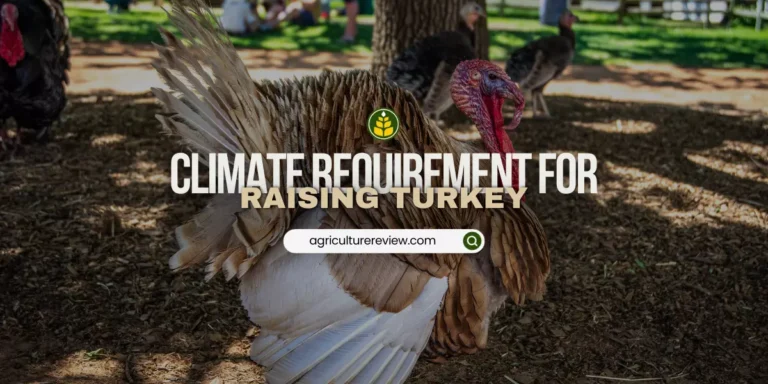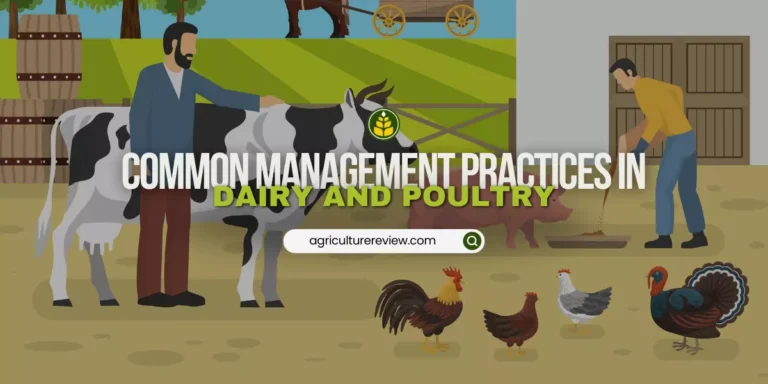The agriculture of Darjeeling Hill has now taken a new turn. Now the cultivation of the world’s most valuable spice, Saffron, has started here and it has been made successful by the Centre for Floriculture and Agri-Business Management (COFAM) department of North Bengal University in Siliguri.
The first success in this farming has been achieved by Mahendra Chhetri, a farmer from Upper Icche Dhara village of Kalimpong. COFAM imported saffron bulbs from Kashmir and distributed them among the farmers of the Darjeeling hills. The saffron bulbs sown by Mahendra Chhetri have now become flowers.

According to sources, very beautiful and fragrant crimson-red stigmas have also started appearing in these saffron flowers, which are also called saffron threads or saffron. Mahendra Chhetri says that he had planted saffron bulbs in October in a 3×10 feet area under the guidance of COFAM’s specialist and field officer Amrendra Pandey and had hoped that its flowers would start blooming in November and something similar happened.
Within a few days, the planted bulbs germinated, developed and started flowering by November. This success has brought a wave of happiness among the COFAM members and farmers. Amarendra Pandey says that the cultivation of saffron is still in the trial stage and currently saffron is mostly being grown by the specialists of COFAM in laboratories, polyhouses and farmers in Kurseong and Kalimpong of Darjeeling region, in which the first success has come from Kalimpong.
According to him, if these efforts are successful in other areas, then preparations can be made to do it on a larger scale. Amarendra Pandey has given the credit for this work to COFAM’s head Doctor Nupur Das, under whose guidance and leadership saffron cultivation has become possible in the hilly areas of North Bengal.
If reports are to be believed, then to start this farming, 100 bulbs of saffron were brought from the Pampore district of Jammu & Kashmir, where saffron has been cultivated for a long time. Saffron is sold in the market for Rs 2 to ₹ 3 lakh per kilogram, due to which it is known as Red Gold.
Amrendra Pandey also says that the saffron which has been grown in Kalimpong will be sent to Sher-e-Kashmir University of Agricultural Sciences and Technology for quality testing. Although India’s contribution to the world’s saffron production is only 5%, of which about 90% comes from Jammu and Kashmir, India’s saffron is known for its quality throughout the world.
It is hoped that if these trials of saffron cultivation are conducted successfully in the Darjeeling region, then this new cultivation technique of saffron will prove to be a boon for the farmers in the hilly areas of North Bengal and it will help India to increase its saffron production.





